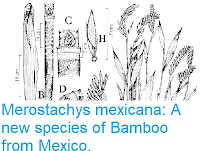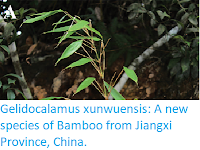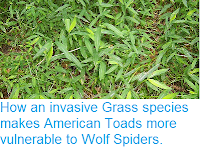The genus Poa is one of the largest genera of Grasses; it has a cosmopolitan distribution, being principally found in the temperate regions of both hemispheres and in mountainous regions of the tropics. It is a monophyletic genus (i.e. the all members of the genus share a single ancestor, and no decendant of that ancestor is placed outside the genus) and comprises approximately 550 annual and perennial species.
In a paper published in the journal PhytoKeys on 3 April 2020, Fabio Conti of the Scuola di Bioscienze e Medicina Veterinaria at the Università di Camerino, and the Centro Ricerche Floristiche dell’Appennino at the Parco Nazionale del Gran Sasso e Monti della Laga, Luciano Di Martino of the Ufficio Monitoraggio e Conservazione della Biodiversità vegetale at the Parco Nazionale Majella, and Fabrizio Bartolucci, also of the Scuola di Bioscienze e Medicina Veterinaria at the Università di
Camerino, and the Centro Ricerche Floristiche dell’Appennino at the
Parco Nazionale del Gran Sasso e Monti della Laga, describe a new species of Poa from the Parco Nazionale Majella in the Central Apennines of Italy.
The new species is named Poa magellensis, meaning 'from Magella' (an alternative spelling of Majella. It is a perennial herbaceous Grass forming dense tufts of short leaves (up to 19.6 mm in length), with culms (flower-bearing stems) up to 150 mm in length. Poa magellensis is endemic to Majella Mountains (i.e. found nowhere else). It grows on limestone rocky slopes from 2200 up to 2730 m above sealevel. Flowers are produced in July, seeds in July and August.
Poa magellensis. (A) Panicle (Cima delle Murelle, Abruzzo, Italy). (B) Tuft bicoloured, green and white because of the brightness of the large exerted ligules (Cima delle Murelle, Abruzzo, Italy). (C) Species habitat (Cima delle Murelle, Abruzzo, Italy). Fabio Conti in Conti et al. (2020).
Poa magellensis is found only at a single location, within the Majella National Park, with the total population restricted to within an area of 6.86 lm². As such the population is small but not declining. and entirely within a protected national park. As such Conti et al. recomend that it be treated as Near Threatened under the terms of the International Union for the Conservation of Nature’s Red List of Threatened Species.
See also...
Follow Sciency Thoughts on
Facebook.







